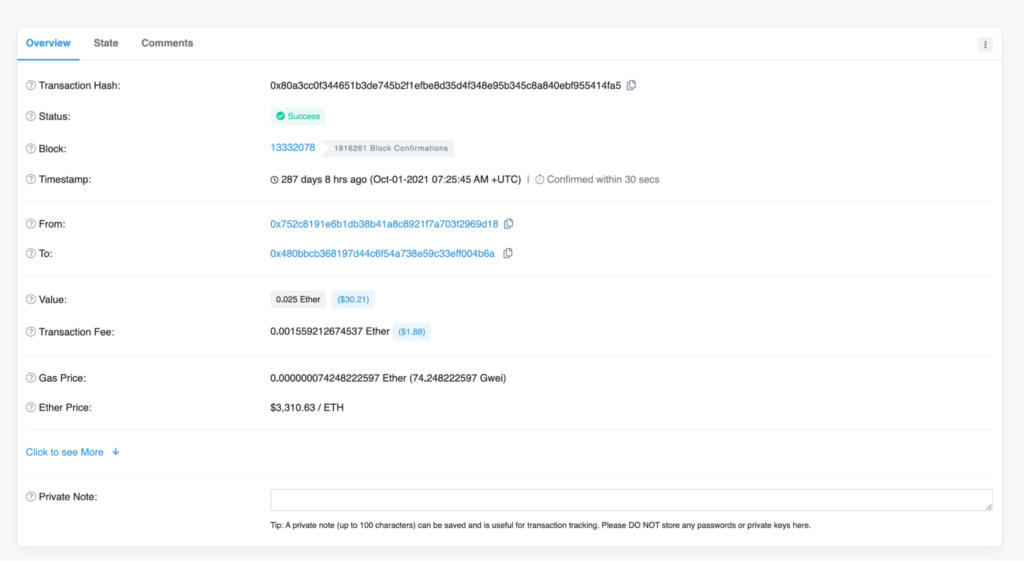What Is Etherscan?
Table of Contents
The main thing
- Etherscan is a block explorer and analytics platform for the Ethereum blockchain. The project was launched in 2015 by a development team from Malaysia. This is an independent organization that the Ethereum Foundation does not fund.
- The service is designed to navigate the public data of the network: it tracks transactions and displays the results, like a search engine.
- The platform contains detailed information about addresses, intelligent contracts, blocks, network status, and other on-chain indicators.
- In 2021, Etherscan developers introduced similar services for BNB Chain, Fantom, Huobi Eco Chain, Optimistic Ethereum L2, Polygon, Hoo Smart Chain, Arbitrum, Moonbeam, Moonriver, and Avalanche.
How can Etherscan be used?
Etherscan is a blockchain information source and database for intelligent contracts. The service does not store private keys, does not participate in any of the displayed transactions, and does not resolve transaction failure.
The main functions of Etherscan are to track the state of the network and transactions and search for information about assets stored on public Ethereum addresses.
The service’s main page presents key indicators: coin price, market capitalization, number of transactions, average gas price, and information about the difficulty of mining Ethereum.

In addition, Etherscan is an aggregator of data on the state of the blockchain and tokens. The Resources section presents various metrics and statistics for primary analytics: daily Ethereum price chart, capitalization chart, number of coins in circulation, and other data.
The Tokens menu contains up-to-date information about ERC-20, ERC-721, and ERC-1155 standard tokens: price, the percentage change in value, trading volume, capitalization, and the total number of addresses where the asset is stored.
The service displays transaction details on the Ethereum network, including failed or pending confirmations.
For example, if the funds have not yet appeared in the recipient’s wallet, you can view data on the progress of the transfer using the transaction identifier (TXID). The service will display the approximate confirmation time of the operation and other details.
What other possibilities does Etherscan provide?
- View assets associated with a public wallet address and track portfolio data and transaction history.
- Find details and status of any transaction using TXID, wallet address, or ENS domain name.
- Check any intelligent contract. The service provides data
on the presence of a security audit for the project’s source code. - Monitor transactions and blocks in real-time.
- Calculate gas fees and mining profitability ;
- Use the directory of resources related to Ethereum.
In addition, the service displays addresses associated with suspicious activity. For example, the address of the Lazarus group is marked with a warning flag.
Do I need to register on Etherscan?
Registration is not required, but it provides additional benefits for users: tracking addresses and setting up transaction notifications, private notes, and access to developer tools.
How to view information about transactions?
Let’s say you sent 1 ETH to another user to a public address and want to ensure the transaction was successful.
Enter your Ethereum wallet address or transaction ID into the Etherscan search bar. In 2021, Etherscan added support for the Ethereum Name Service (ENS) distributed domain name system. If the address owner uses ENS, replace the blockchain address (0x…) with the associated domain name.
In the case of a search by TXID, the details will appear on the page: hash and status, block number and time, sender and recipient address, number of coins and transaction fee, gas price, and the market value of Ethereum. A registered user can leave a private note to the operation.
Another way to check the status is to view the transactions in the recipient’s wallet.

Where can I find wallet information?
Enter a public address or domain name in the Etherscan search bar. At the top of the page, the primary information about the wallet will be indicated: the balance and the amount of Ethereum. In the Token menu, you can view the address owner’s list of assets and non-fungible tokens (NFTs).

At the bottom of the page lists all transactions related to the wallet, analytics, and comments.
The transaction hash, method, block number, date, recipient, recipient, amount of Ethereum, and commission are listed in the Transactions section. Incoming operations are marked In. Outgoing operations are marked Out.












Leave a Reply